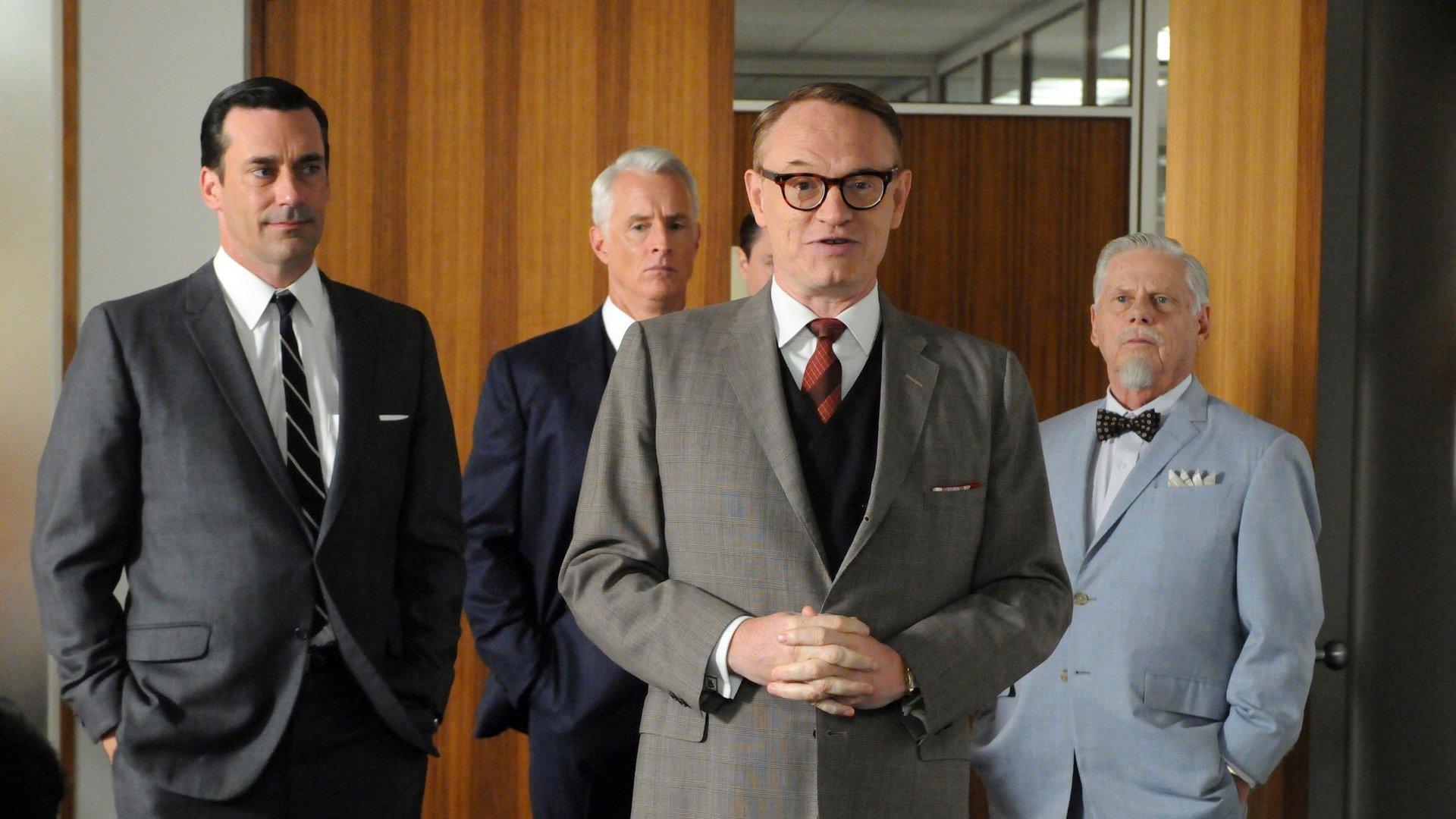“Mad Men” nailed the drama, and the glory, of the American workplace
Ah, Mad Men. You gave us so much grist for discussion and debate over the years—about identity, family and home, about race and gender and sexuality, about a nation losing its innocence, and people raising their consciousness.


Ah, Mad Men. You gave us so much grist for discussion and debate over the years—about identity, family and home, about race and gender and sexuality, about a nation losing its innocence, and people raising their consciousness.
But what I loved most was your thoughtful commentary on the American workplace, which you authentically portrayed as both a center of scintillating drama and a microcosm of the characters’ daily lives.
Why we work, where we work, how we work—these questions were just as relevant to Don and Roger and Peggy and Joan as they are to us today, and no doubt would have been all the more confusing in Don Draper’s era, at what was essentially the dawn of America’s service-led economy. Here’s some of what we’ll remember most about the Mad Men workplace.
The deals
Mad Men was at its madcap best when it showed Sterling Cooper (as it was called at the start of the series) getting bought, sold, reshaped, or resurrected. Perhaps the best example of this was in the finale to season three, when some crafty maneuvering at the eleventh hour gave us the birth of Sterling Cooper Draper Pryce. Coming almost at the midpoint of the series, the agency reboot yielded new environs and new responsibilities for many of the show’s best characters. And then a few seasons later, there was another transformative deal, one that led to an entire episode mainly devoted to the challenges of merger integration—and it was riveting!
The deliverables
As fun as it was (or wasn’t) to watch his conquests in the bedroom, Don Draper was at his most appealing when he was conquering the American consumer. The pitch work by Don and Peggy Olson et. al. made for compelling television—in part because it forced us to think about how Americans, all these decades later, get turned on by the same ideas (and in some cases the very same brands) that spoke to our parents and grandparents.
The humor
“She died like she lived: surrounded by the people she answered phones for.” How many of Roger Sterling’s best lines, like this gem about the dearly departed secretary Ida Blankenship, were delivered in, or inspired by, life at the office? Roger’s hilarious observations endeared him to us—although he would have been a far less sympathetic character if we did not also see him as a relic of another era, desperate to keep his dignity as the new guard took over. This balance kept Mad Men from treading into office-sitcom territory while still conveying the ridiculous things that can happen in the workplace.
The relationships
Even those of us who take pains to separate our work lives from our social lives can sometimes find meaningful relationships at the office. And on Mad Men, two of the most realistic dynamics of all were Don’s relationship with Peggy, and—up until the season finale anyway—Peggy’s relationship with Stan. Leave it to Peggy to figure out that it’s a lot easier to succeed at the office when you have a brilliant, if fallible, mentor who will steer you through the big decisions, as well as a work spouse who will get you through the daily grind.